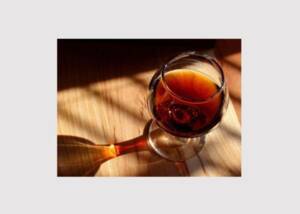Gin craze - triggered by an increase in beer tax
News News blog
The gin craze or gin crisis refers to a social phenomenon in Britain in the first half of the 18th century.

The gin craze was triggered by an increase in beer tax in 1694. Around the same time, the modernisation of agriculture led to the overproduction of wheat. The surplus wheat was used for the production of brandy, which made liquor immensely cheaper.
Not only did the brandy provide an alcoholic rush, but it was also a substitute for food, as a calorie of gin was at times cheaper than a calorie of bread. In addition, the retail trade created income opportunities, with every fifth London house serving brandy for a time.
From the beginning of the 18th century until 1750, the per capita consumption of cheap brandy in Great Britain increased tenfold, which led to considerable health and social problems, especially in the slums of the cities. The death rate from alcohol consumption exceeded the birth rate in London at times. The infant mortality rate was a horrendous 75 percent. The case of Judith Dufour, who killed her two-year-old daughter on 27 February 1734, stripped and buried her naked, became famous here. From the money she received from selling the child's clothes, she immediately bought gin again.
In 1751, the gin craze was finally contained by tax increases and the introduction of liquor licences.










